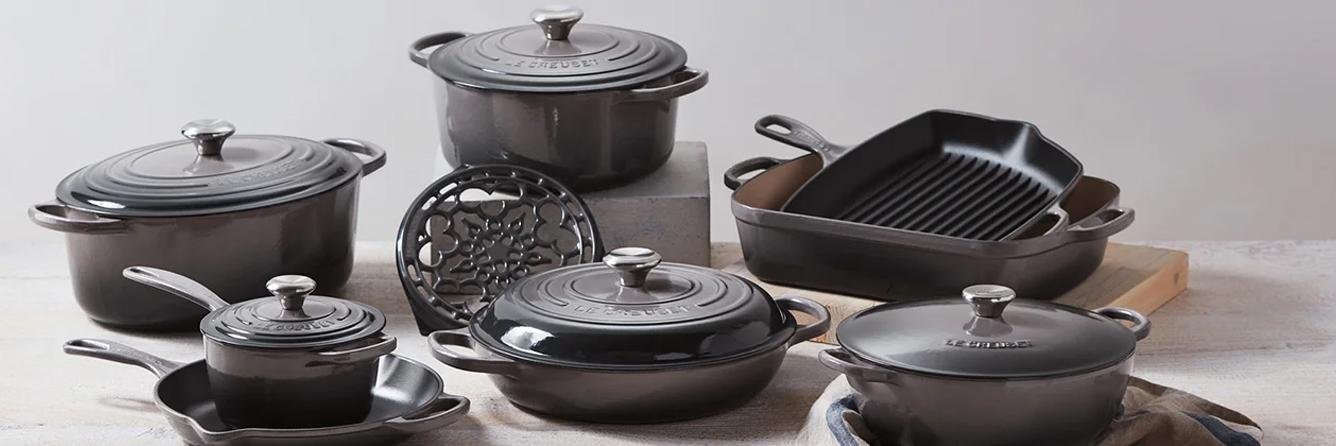
PFAS-Free Cookware Guide - Buy the best PFAS-Free Cookware and Learn How to Cook Nonstick with Stainless Steel, Cast Iron, and Ceramic Nonstick Cookware
Though the convenience of nonstick cookware has kept most cabinets filled with Teflon-coated cookware in recent years, the health concerns from cooking with PFAS-based nonstick cookware have had some home chefs looking for other options. While PFAS-based nonstick pans are not inherently harmful, prolonged exposure to high heat or damage to the cooking surface can cause pots and pans to release harmful chemicals - potentially resulting in adverse health effects over time. While making the transition from nonstick cookware to other cookware materials might be intimidating, the long-term benefits of cooking without PFAS make the learning curve worth tackling. Keep reading to learn more about swapping your nonstick pots and pans for toxin-free cookware!
What is PFAS?
Per- and poly-fluoroalkyl, or PFAS, substances have been found in consumer products since the mid-1940s due to their useful properties. Often used in cookware, food packaging, household cleaning products, and even personal care products, PFAS can be found in virtually every industry. Due to its ability to move through air and water, recent studies have shown that most humans have been exposed to PFAS substances and could be at risk for harmful health concerns. Though it is less difficult to cook with PFAS cookware, long-term health concerns have led some to seek information on cooking with other materials. We’ve gathered our most helpful tips and tricks on cooking with PFAS-free cookware to make healthier cooking accessible to any kitchen!
Stainless Steel

About Stainless Steel:
A classic choice in most professional kitchens, stainless steel is a highly conductive cookware material that is durable and versatile. Because stainless steel is not nonstick directly out of the box, it requires cooking with more fats or oils to prevent foods from sticking. The durable material allows you to use metal utensils, cook at high heat, and carry out routine deep cleanings while maintaining functionality. Though thicker stainless steel pans offer a high-quality cooking experience, not all stainless steel pans are created equal. Lower-ply stainless steel does not conduct heat as efficiently as pans with a thicker construction, which can lead to unevenly cooked foods or hot and cold spots.
Creating a Nonstick Surface on Stainless Steel Cookware:
When cooking with stainless steel cookware, always pre-heat your pan over medium heat. Adding cool oil to a cool pan allows it to slowly move around the surface of the pan, which lets oil seep into the tiny pores and gaps on the cooking surface. As the pan heats with the oil, the expanding metal will trap the oil - making foods more likely to stick to the cooking surface and creating a more difficult cleanup. It is better to add oil to a hot stainless steel pan, which lets the oil quickly coat the bottom of the cooking surface to create a more stick-resistant finish. After the oil has heated, foods can be added to the pan. It is important to remain patient when cooking with stainless steel, as you must leave foods undisturbed when cooking. As foods fully cook, they will begin to lift from the pan for easy removal. Too much heat or too little heat can cause foods to stick to the pan. This requires you to find the happy medium on your cooktop to achieve an ideal temperature. While stainless steel cookware can be ‘seasoned’ similar to cast iron cookware, it will not develop a patina over time and must be reseasoned with every use. For information on seasoning your stainless steel cookware, check out the video below:
Stainless Steel Cookware Care Notes:
Washing your cookware by hand is desirable for any type of cookware material. Dishwashers circulate water at high temperatures and use harsh chemicals in most detergents, which can damage the surface of your cookware and eliminate any nonstick properties it may have. Further, prolonged exposure to high-temperature water can damage the surface and loosen pans with riveted handles.
Recommended Utensils:
Any utensil material is safe to use on stainless steel cookware, from metal spatulas and turners to wooden spoons, and even silicone and nylon products.
Stainless Steel Cookware at a Glance:
Ease of Use: ★★★
Level of Nonstick Properties: ★★★
Longevity: ★★★★★
Price: $$$-$$$$
Recommended Stainless Steel Cookware
Cast Iron
About Cast Iron:
One of the most time-honored cookware materials, cast iron is rare in that it can develop a naturally nonstick coating over time with proper care - otherwise referred to as a patina. Cast iron cookware pieces can last more than a lifetime when cared for properly, making them an excellent heirloom addition to your cookware collection. While highly healthy and long-lasting, cast iron has more specific care instructions that must be followed to get the best results possible.
Creating a Nonstick Surface on Cast Iron Cookware:
Many cast iron pans come out of the box pre-seasoned, however, it is important to check with the manufacturer to confirm this before cooking. Because of its thick construction, cast iron cookware requires a 3-5 minute preheating time over medium heat. To maintain the seasoned nonstick finish, simply add enough oil or butter to coat the bottom of the pan after the pan has heated. This allows oil to oxidize and polymerize, bonding it to the cooking surface and filling the pores to create an even, stick-resistant cooking surface. It is important to remain patient after adding food to cast iron cookware, as foods will begin to loosen from the pan once properly cooked. Keep the heat at a medium temperature unless searing a steak or performing other high-heat cooking tasks, as cast iron is highly conductive and will retain heat more effectively than other cookware types. Cooking at high temperatures with cast iron cookware can cause foods to burn or stick to the cooking surface.
Cast Iron Cookware Care Notes:
While the benefits of cooking with cast iron cookware are vast, certain foods should not be prepared in cast iron. Acidic foods, such as citrus, tomatoes, and vinegar, can eat away at the pan’s seasoning and allow trace iron molecules to leech onto foods. While completely safe to ingest, this can result in an unpleasant metallic taste that can ruin a slow-cooked stew or tomato sauce.
With continuous proper use, the natural seasoning of the pan will continue to build. Oil will naturally adhere to the surface and layer to create a more efficient nonstick cooking surface. For more information on effectively seasoning and cooking with your cast iron cookware, watch our video below:
Cast iron is not dishwasher-safe. Prolonged exposure to water and harsh detergents will destroy the patina and cause rusting. To clean cast iron, simply use a small amount of mild dish soap or cast iron soap and scrub with either a chainmail scouring pad or a cast iron cleaning brush. It is important to fully dry your cast iron cookware and lightly oil after cleaning to maintain the seasoning and prevent rusting.
Recommended Utensils:
Any utensil material is safe to use on cast iron cookware, from metal spatulas and turners to wooden spoons, and even silicone and nylon products.
Cast Iron Cookware at a Glance:
Ease of Use: ★★
Level of Nonstick Properties: ★★★★
Longevity: ★★★★★
Price: $$$$
Recommended Bare Cast Iron Cookware
Enameled Cast Iron
About Enameled Cast Iron:
Enameled cast iron offers the best qualities of bare cast iron with a more stylish look and easier maintenance. While unfinished or ‘bare’ cast iron requires specific cleaning and care techniques, enameled cast iron is protected by a durable enamel coating which prevents the need to season and eliminates the worry of rusting. While some cast iron brands such as Staub can be reseasoned to enhance the nonstick properties, enameled cast iron does not require the seasoning process that bare cast iron does. Cast iron is naturally a heavy material, so adding an enamel coating makes enameled cast iron some of the heaviest cookware on the market.
Creating a Nonstick Surface on Enameled Cast Iron Cookware:
To create a more nonstick surface on enameled cast iron, preheat the pan over medium-low heat for no more than 5 minutes. Enameled cast iron has a glass-like surface, which requires additional help from oils or fats to remain nonstick. Add enough oil to lightly coat the bottom of the pan and add food once the oil is heated. Once foods have been placed on the cooking surface, it is essential to leave them undisturbed. Though they might appear stuck, food will begin to lift from the cooking surface easily once properly cooked. It is also essential to keep enameled cast iron at a lower cooking heat, as too high of temperatures can cause foods to scorch or stick to the cooking surface.
Enameled Cast Iron Cookware Care Notes:
While enameled cast iron does not require as much careful maintenance as bare cast iron, it is still recommended to wash by hand. There are no special steps when caring for enameled cast iron - simply wash with soap and water then let dry as you would any dish. Though cast iron is highly durable, the enameled coating could begin to discolor and show wear over time. If exposed to thermal shock or extreme drops, the enamel coating can crack and chip - resulting in a lower-quality cooking experience.
Recommended Utensils:
Only use wood, silicone, or nylon cooking utensils with enameled cast iron cookware, as metal utensils can damage the enamel coating. This causes the cooking surface to lose its nonstick properties, making it more difficult to remove foods from the pan.
Enameled Cast Iron Cookware at a Glance:
Ease of Use: ★★★
Level of Nonstick Properties: ★★★
Longevity: ★★★★
Price: $$$$$
Recommended Enameled Cast Iron Cookware
Ceramic Nonstick
About Ceramic Nonstick:
The easiest transition from nonstick cookware to PFAS-free nonstick cooking is by using ceramic nonstick cookware. Ceramic nonstick cookware is the most user-friendly non-toxic cookware, as it is nonstick right out of the box. Though cooking with ceramic nonstick is virtually as easy as cooking with PFAS nonstick cookware, it can lose its nonstick properties over time with use. The length of time a ceramic nonstick pan will remain nonstick will depend on the quality of the pan.
Creating a Nonstick Surface on Ceramic Nonstick Cookware:
The learning curve of cooking with ceramic nonstick is very low, thanks to its ready-to-use properties. The special coating eliminates the need to develop a seasoned surface over time, which cuts back on fats and oils needed during your cooking process. For the best-tasting results, we recommend using a small amount of oil or butter to maximize the nonstick properties of your ceramic nonstick pots and pans.
Ceramic Nonstick Cookware Care Notes:
When cooking with ceramic nonstick, only use medium to medium-high heat. Cooking at high temperatures can damage the coating of ceramic pans, which diminishes the nonstick properties.
Recommended Utensils:
Only use wood, silicone, or nylon cooking utensils with ceramic nonstick cookware, as metal utensils can damage the coating. This causes the cooking surface to lose its nonstick properties, making it more difficult to remove foods from the pan.
Ceramic Nonstick Cookware at a Glance:
Ease of Use: ★★★★★
Level of Nonstick Properties: ★★★★★
Longevity: ★★
Price: ★★★
Recommended Ceramic Nonstick Cookware
While it is easier to navigate cooking tasks with nonstick cookware, the peace of mind obtained from cooking with PFAS-free cookware is worth the learning curve. By following a few simple steps and care instructions, you will be able to tackle recipes with other cookware materials like a pro. Whether you plan on searing steaks in a stainless steel skillet or preparing a perfectly folded omelet in a ceramic nonstick pan, we at Everything Kitchens have the tools you need to make more mindful, toxin-free choices in your kitchen. Shop our entire selection of PFAS-free cookware here!


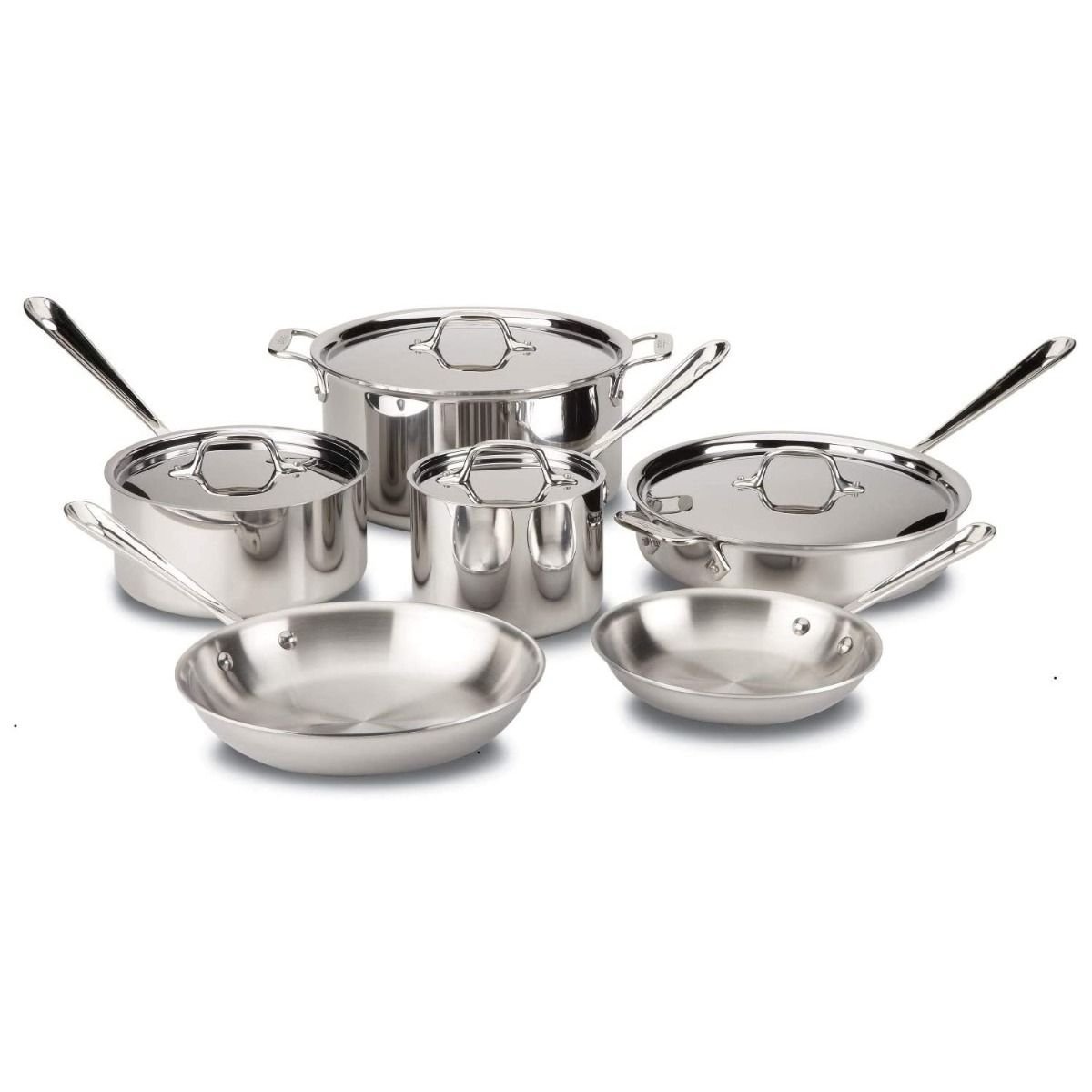
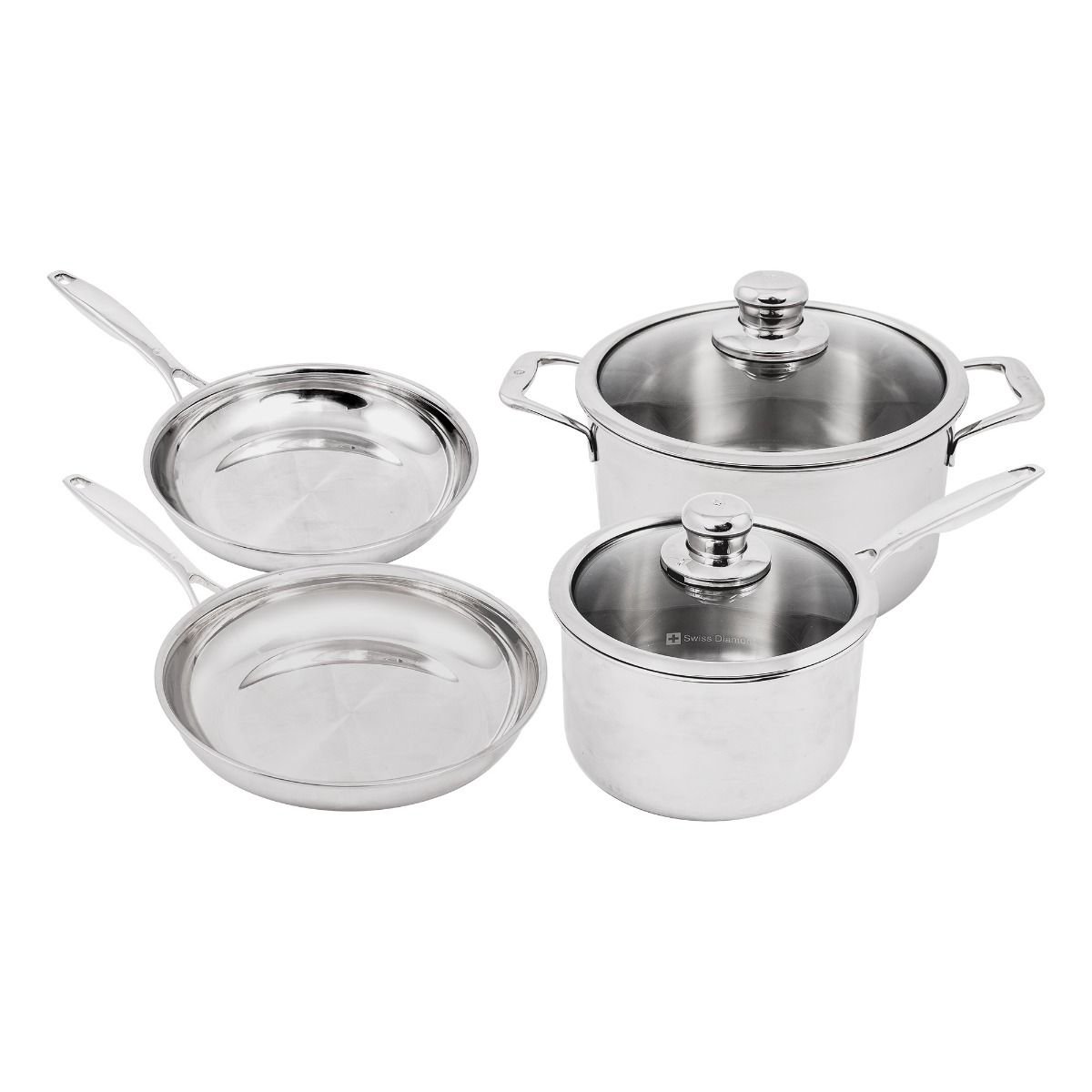

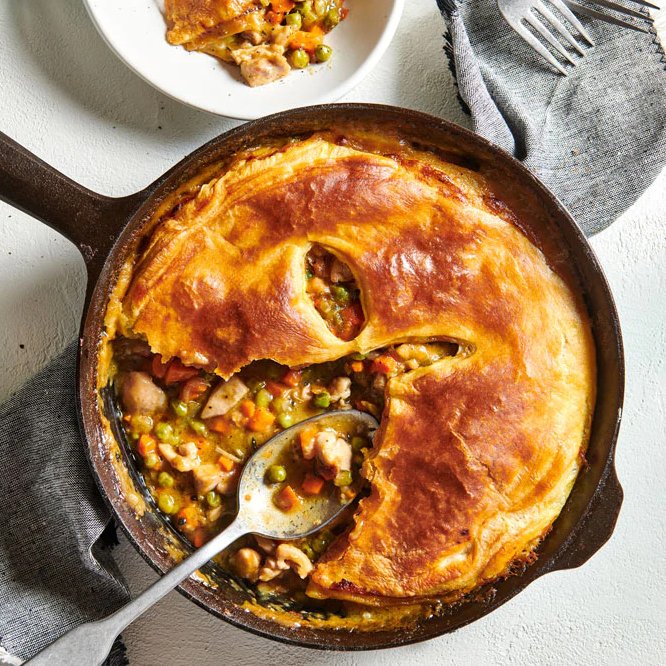

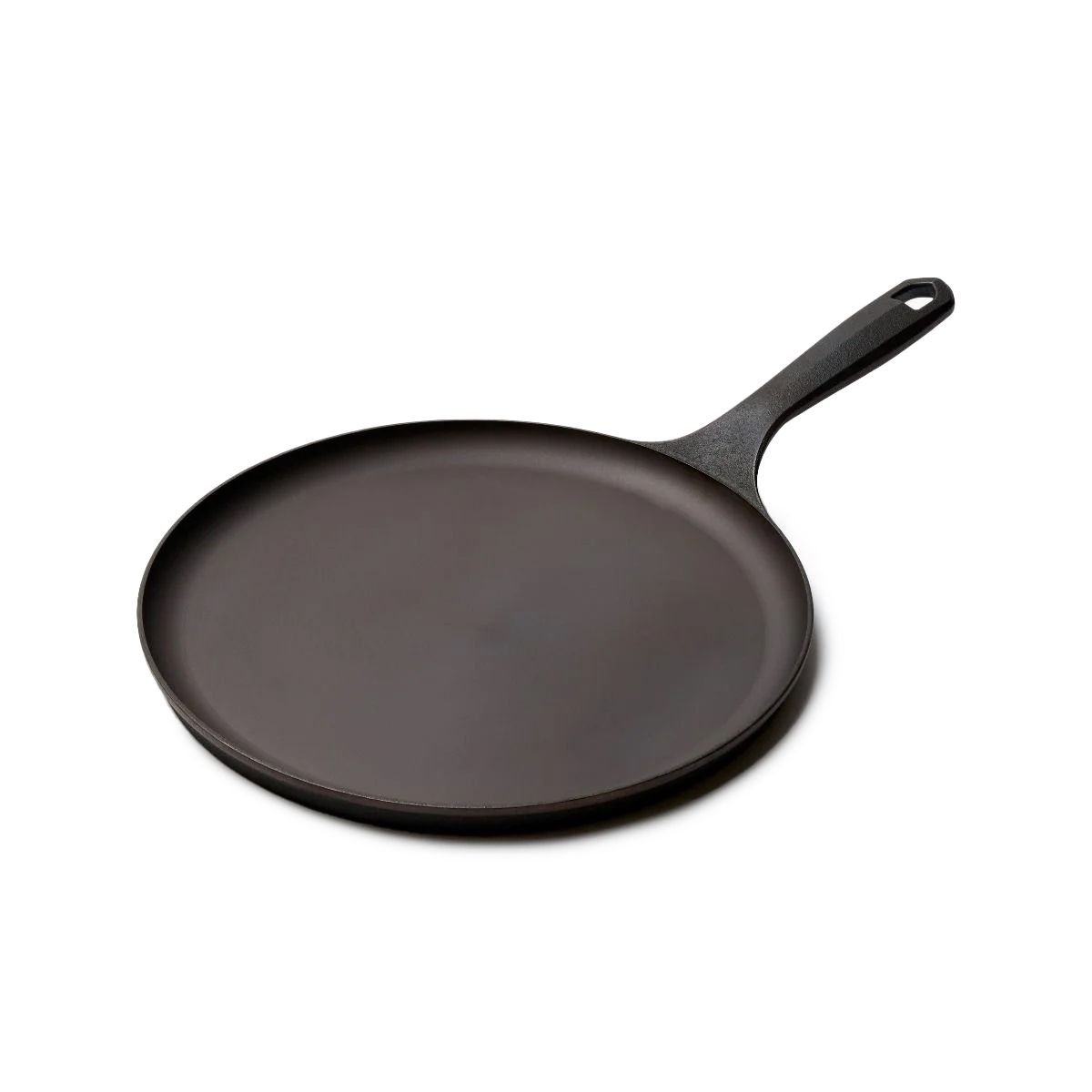
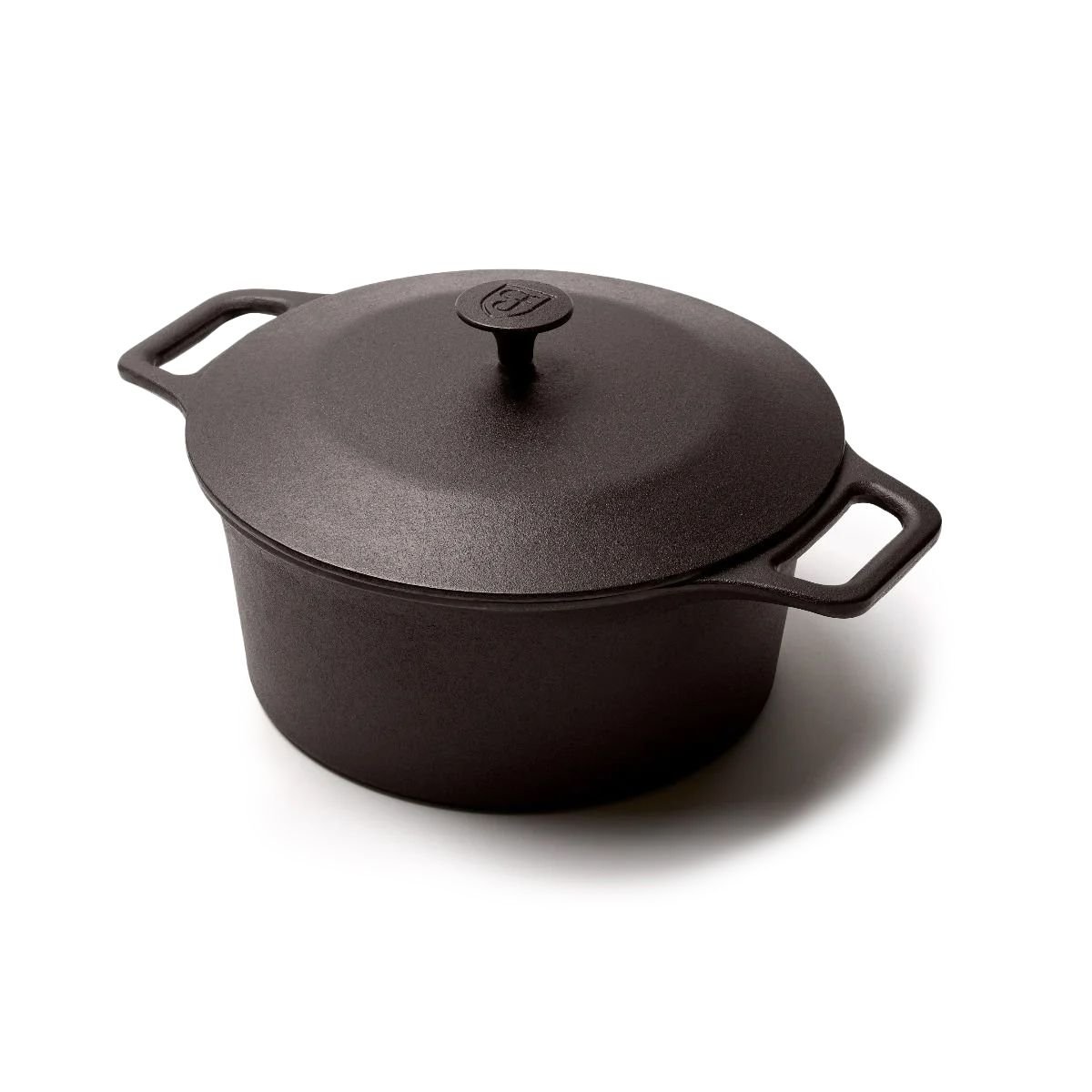


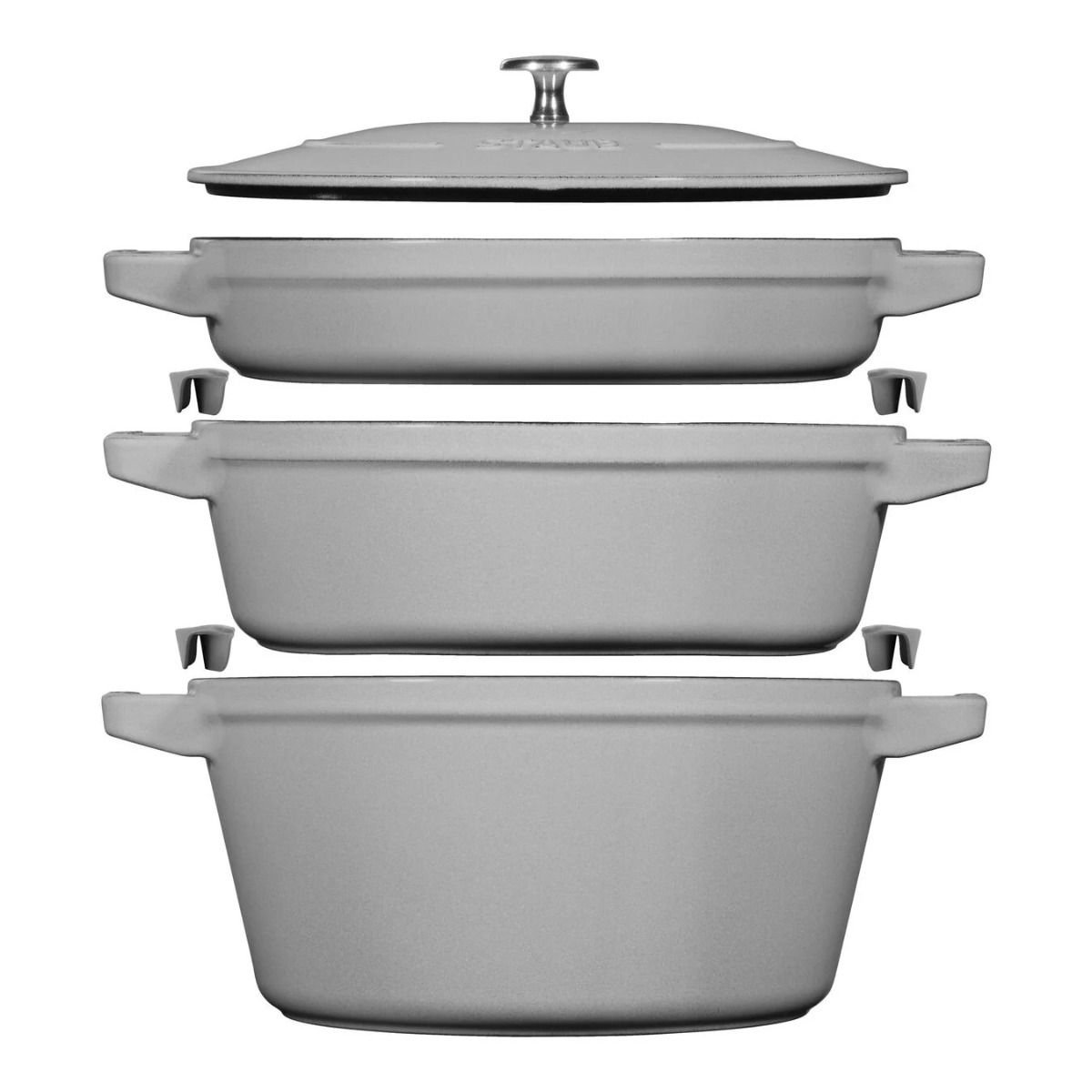
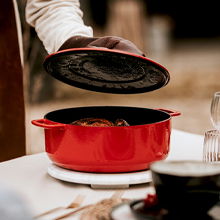
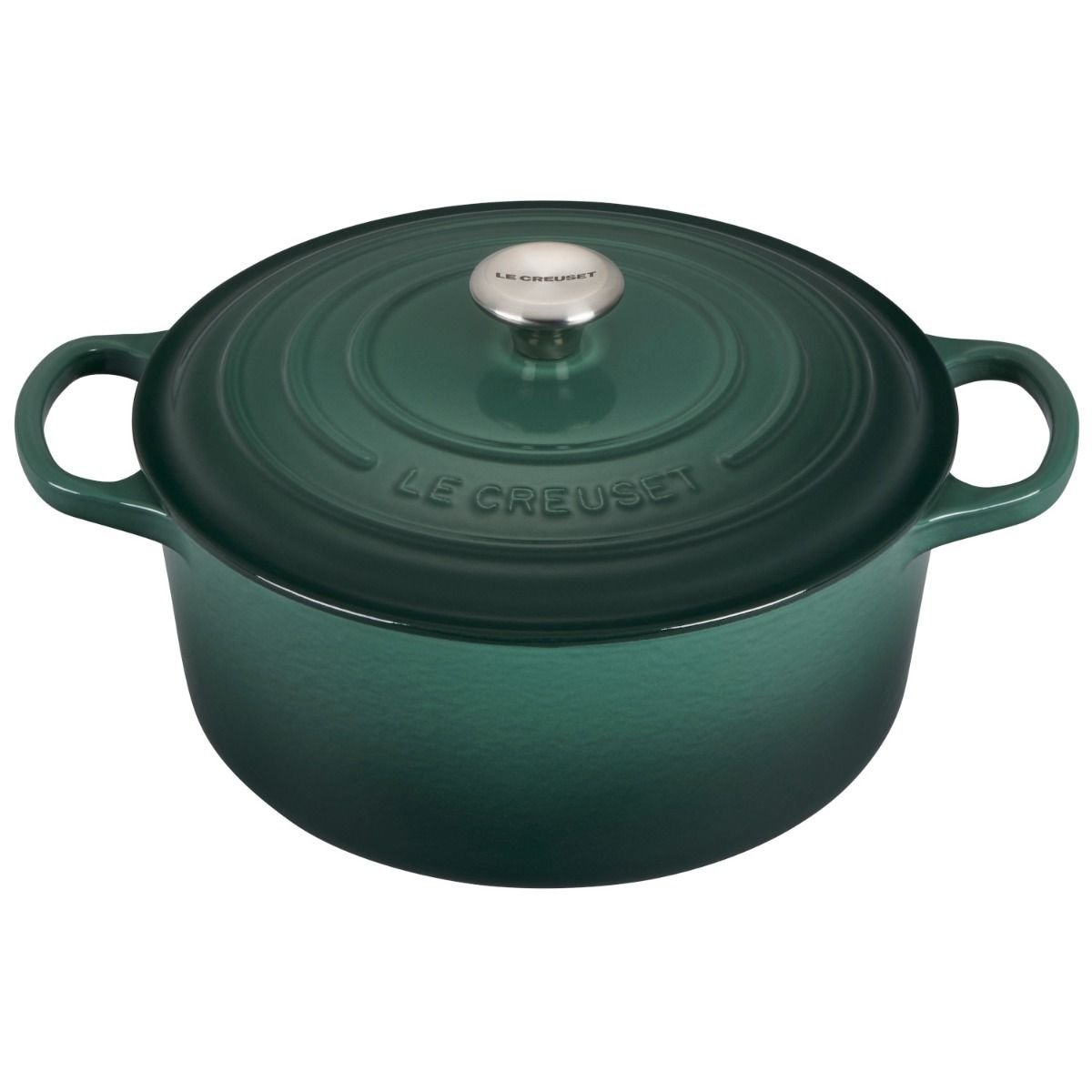



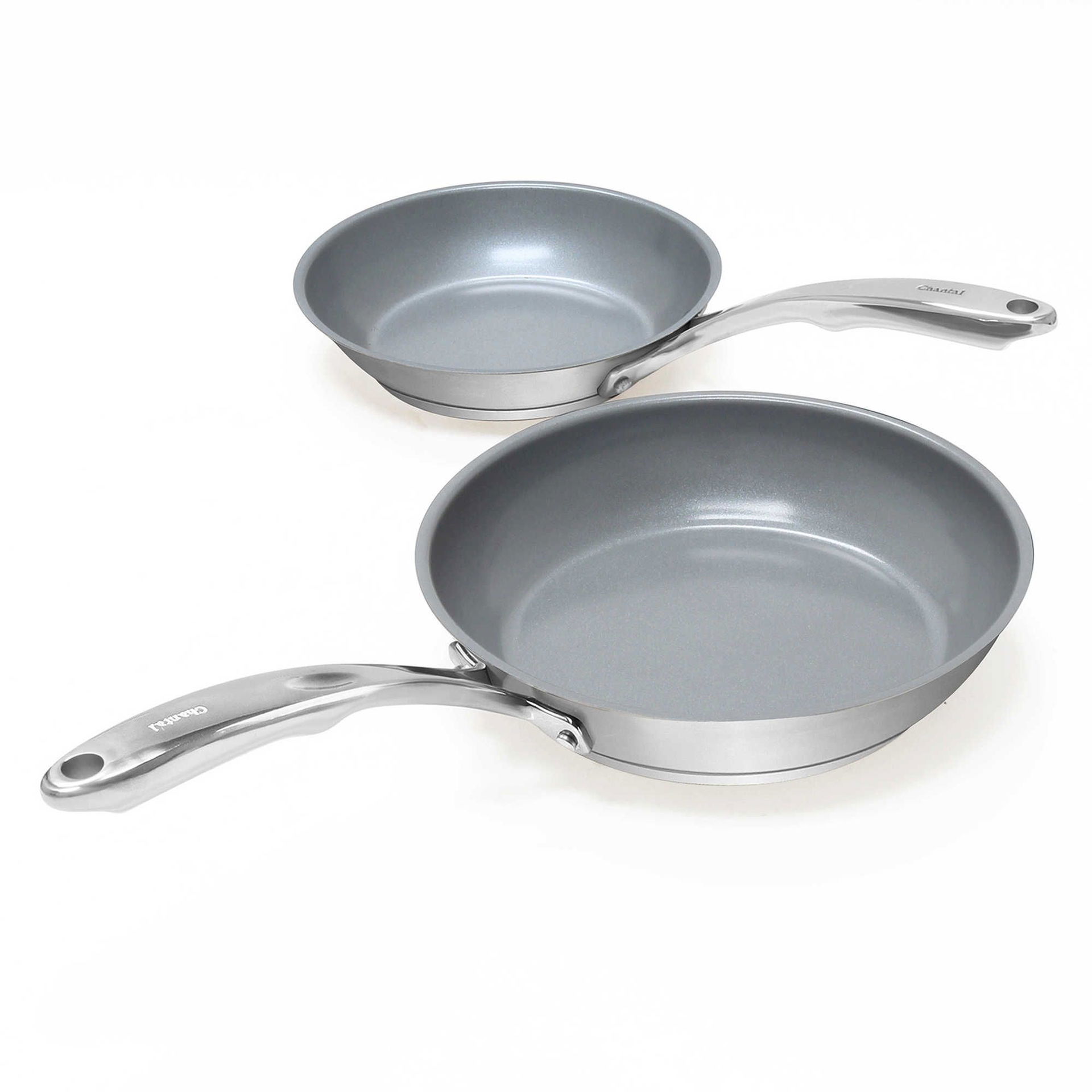
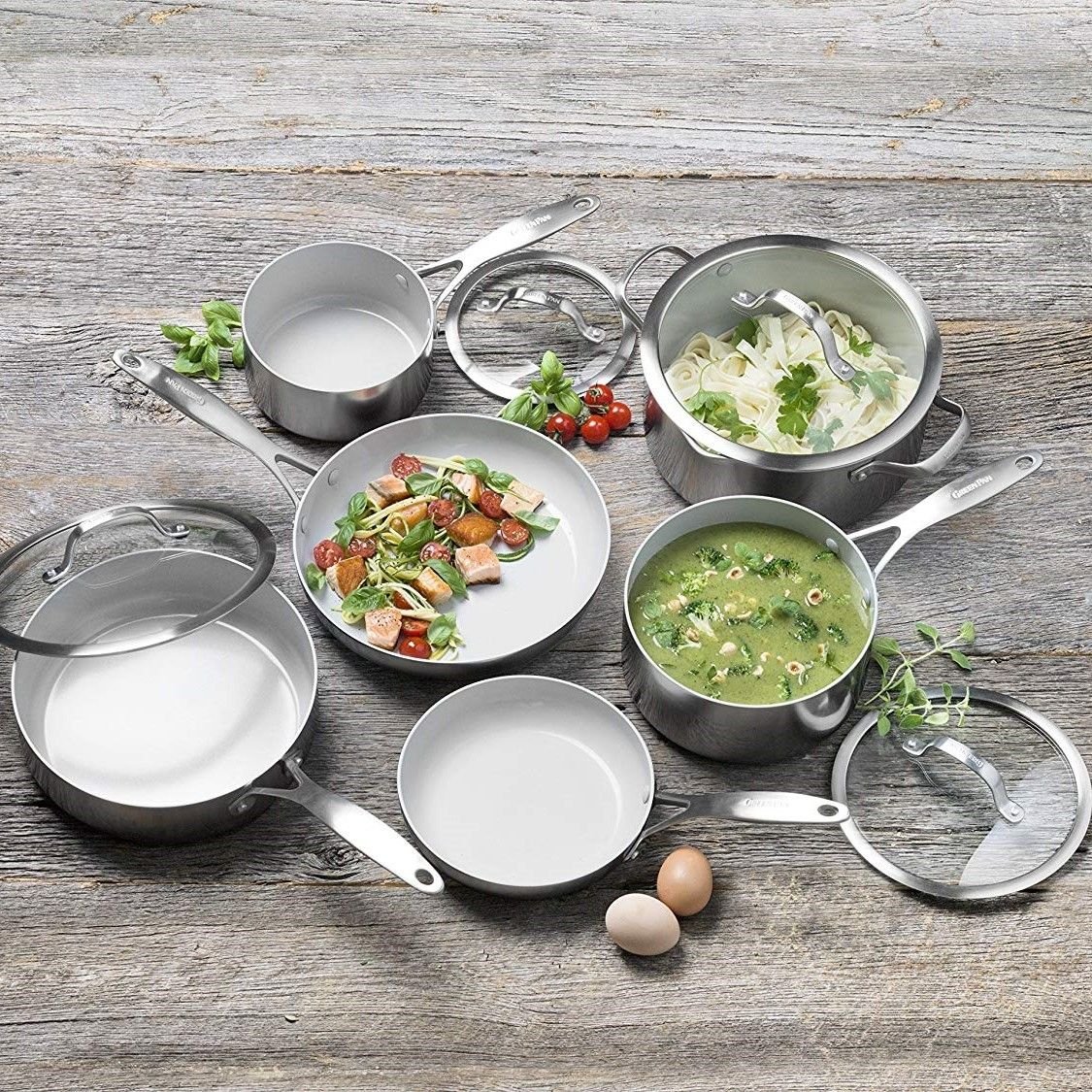

 KitchenAid
KitchenAid Fiesta®
Fiesta® Bosch
Bosch All-Clad
All-Clad Cuisinart
Cuisinart OXO
OXO Le Creuset
Le Creuset Blendtec
Blendtec Wusthof
Wusthof Bormioli Rocco
Bormioli Rocco Vitamix
Vitamix Emile Henry
Emile Henry DeLonghi
DeLonghi Mason Cash
Mason Cash Nordic Ware
Nordic Ware ZWILLING
ZWILLING Kilner
Kilner Staub
Staub Swiss Diamond
Swiss Diamond TeakHaus
TeakHaus Ankarsrum
Ankarsrum LEM
LEM Weston
Weston Moccamaster
Moccamaster Mercer
Mercer All American 1930
All American 1930 CucinaPro
CucinaPro SMEG
SMEG Toddy
Toddy Everything Kitchens
Everything Kitchens
